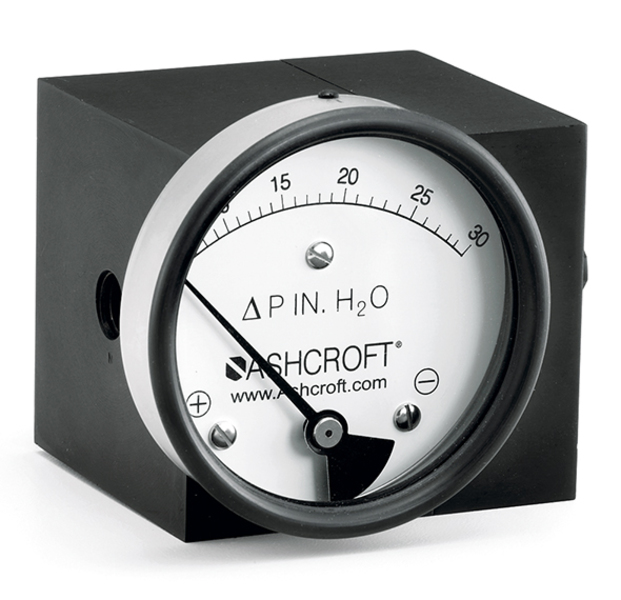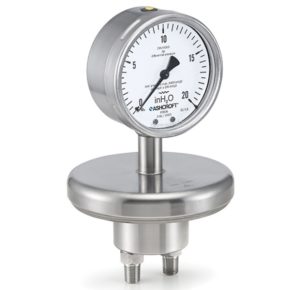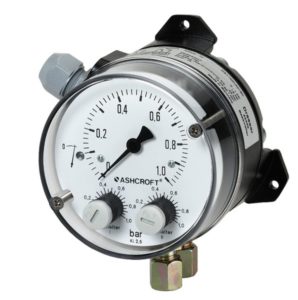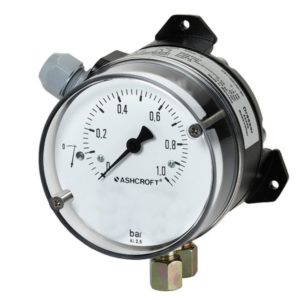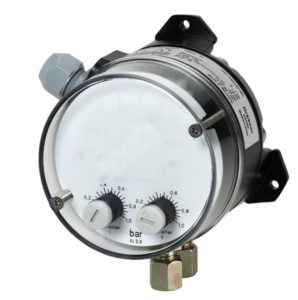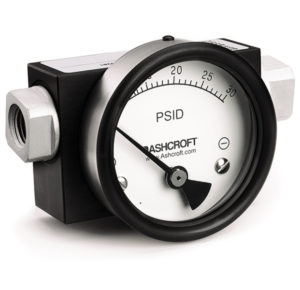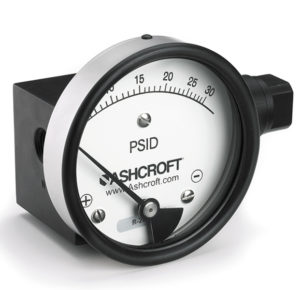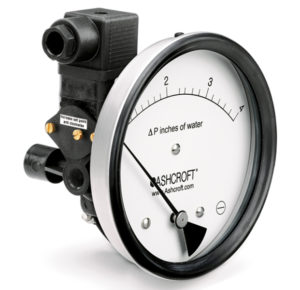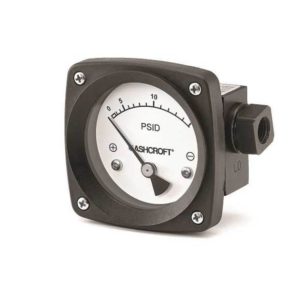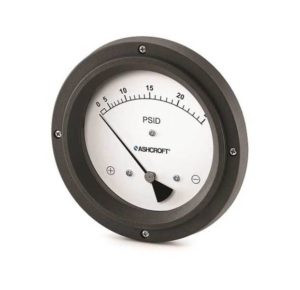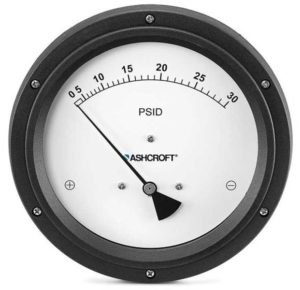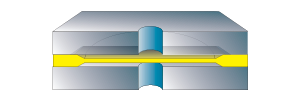

1133 Differential Pressure Gauge
1133 Differential Pressure Gauge
Data Sheets
Installation + Maintenance
Declaration of Conformity
Selection Guides
Key Features
Flow measurement dial (optional)
Electrical contacts (optional)
Superior magnets for smoother pointer motion
Stainless steel case for limited space
Custom dials available
Cost effective
Markets & Applications
- Specifications
- Downloads
Ranges
2.5 ... 60 mbar / 1 ... 25 in. H2O
Wetted Parts Material
Brass
Stainless steel 316 (1.4401)
Buna, Viton or EPDM O-rings/Diaphragm
Aluminium
Process Connection Style
Threaded
Ingress Protection
IP65
Case or Body Material
Stainless steel 304 (1.4301)
Stainless steel 316L (1.4404)
Accuracy
2% ascending
Process Connection Location
In-line
Lower
Centre back
Pressure Type
Differential pressure
Mounting
2" pipe mounting
Flush
Stem
Surface
Case Style
Safety by design measures (S3)
Static Pressure
PN35
Dial Size
100 mm
3 1/2"
4 1/2"
6"
Switch Style
Reed contacts SPST or SPDT
Data Sheets
Installation + Maintenance
Declaration of Conformity
Selection Guides
- Category: Differential Gauges

